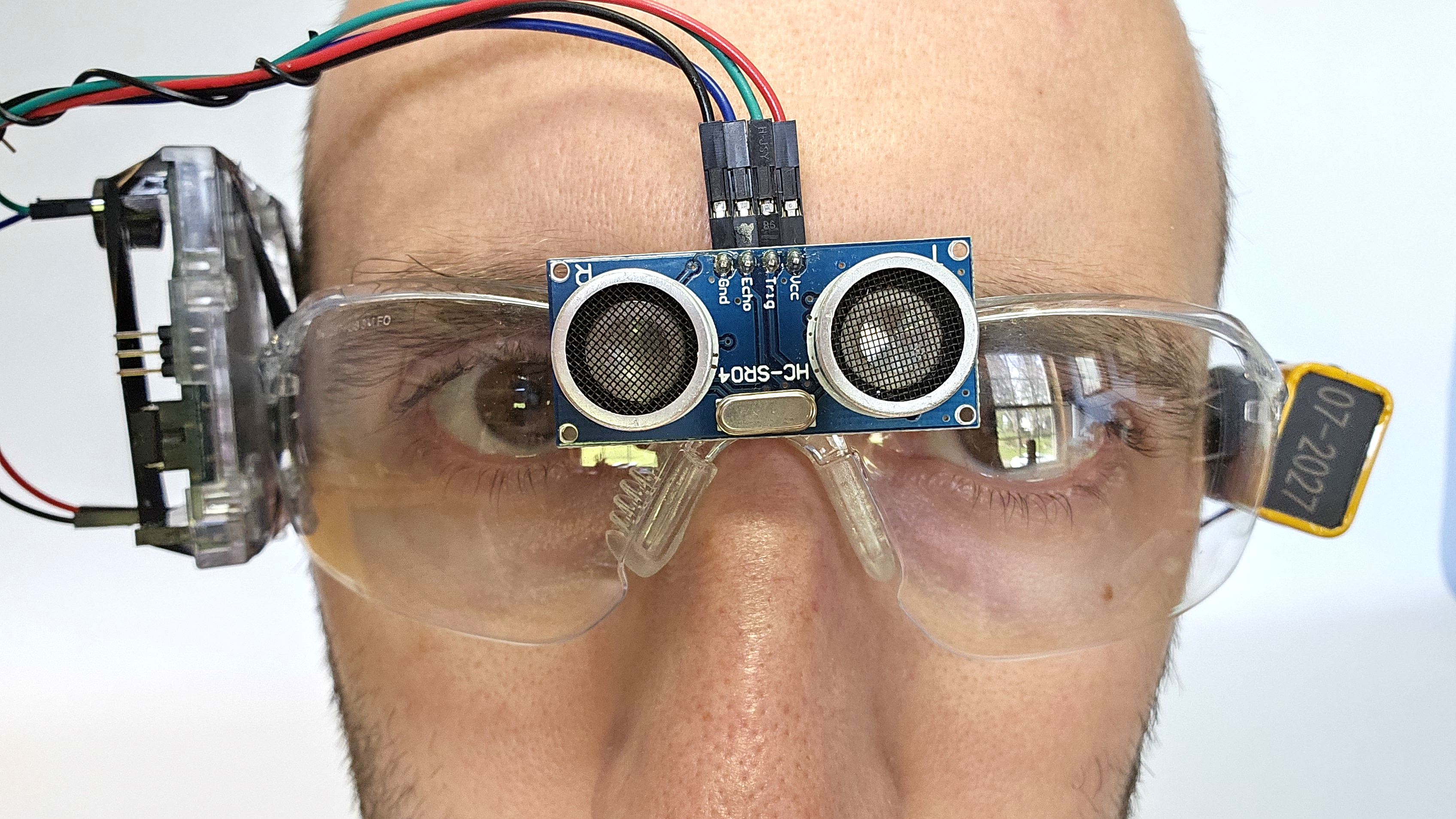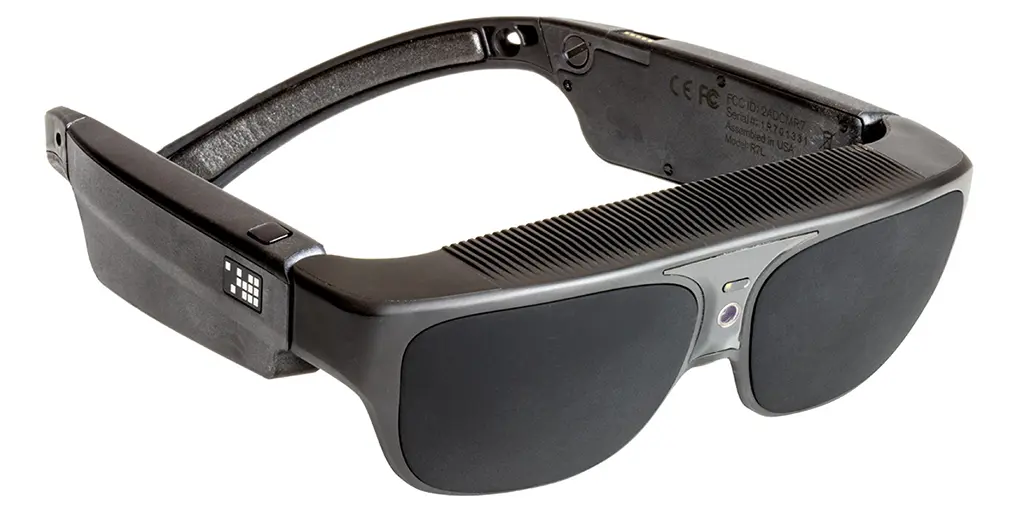Maximizing Efficiency with Screen Readers for the Blind: A Comprehensive Guide
Wiki Article
Enhancing Accessibility With Assistive Technology for the Blind
The assimilation of assistive technology for the blind stands for a crucial improvement in ease of access, basically altering just how individuals navigate their settings and involve with society. From screen visitors to cutting-edge smart canes, these tools not only boost freedom but additionally promote inclusivity in various balls of life. As we explore the diverse kinds of assistive devices and their concrete influence on daily living, it comes to be vital to analyze how recurring technical improvements are improving the landscape of assistance for the blind community. What effects do these growths hold for the future of availability?Overview of Assistive Technology
Assistive modern technology refers to a range of tools and software program made to enhance the abilities of people with disabilities, including those that are blind or visually damaged. This modern technology plays a vital role in advertising self-reliance and boosting the lifestyle for individuals. By giving different methods for accessing details and executing day-to-day jobs, assistive innovation empowers individuals to browse their environments better.
The growth and implementation of assistive modern technology accept a variety of concepts targeted at promoting ease of access. These concepts consist of user-centered design, which focuses on the demands and choices of the individual, and the assimilation of innovation right into day-to-day activities. Such improvements guarantee that assistive devices are not only practical yet very easy and likewise instinctive to make use of.
In addition, assistive innovation encompasses a varied range of solutions, from low-tech alternatives like magnifiers to sophisticated developments such as screen visitors and Braille screens. The ongoing development of this area is driven by the demand to attend to the unique difficulties dealt with by people with visual problems (Wearable technology for low vision). As modern technology remains to advancement, the capacity for boosting accessibility and advertising inclusivity continues to be promising, ultimately adding to a much more fair culture

Types of Assistive Devices
Many sorts of assistive tools are offered to support individuals who are blind or aesthetically impaired, each created to deal with details demands and difficulties. These tools can be extensively categorized into 3 major types: low-tech, mid-tech, and modern services.Low-tech tools include things such as magnifiers, Braille tags, and tactile maps. These are relatively basic devices that enhance the customer's capacity to connect with their atmosphere without needing complex modern technology.
Mid-tech tools commonly involve advanced attributes, such as electronic magnifiers and portable Braille note-takers. These tools can provide functionalities like speech outcome, permitting individuals to accessibility info more effectively.

Effect On Daily Living
The availability of different assistive tools significantly enhances the lifestyle for individuals that are aesthetically damaged or blind, affecting their daily living in profound ways. By integrating modern technologies such as screen readers, Braille shows, and audio description solutions into their routines, individuals get greater autonomy and independence. These tools help with access to information, enabling individuals Assistive technology for the blind to perform everyday tasks, such as reading e-mails, browsing public rooms, and enjoying media content.Furthermore, assistive devices empower people to involve even more completely in social interactions and community activities. The ability to make use of smart devices outfitted with access attributes enables seamless communication and connection with others. This connection promotes a sense of belonging and decreases sensations of seclusion.
In specialist setups, assistive innovation supports performance by enabling individuals to full job tasks efficiently. Devices like voice acknowledgment software and specialized magnification gadgets enable users to join the workforce on equivalent ground with their sighted peers.

Innovations in Modern Technology
Recent technological innovations have actually significantly changed the landscape of tools readily available for individuals who are blind or aesthetically impaired. The assimilation of man-made intelligence (AI) and equipment understanding has provided rise to applications that improve navigation and item acknowledgment. For instance, smart device apps can currently use AI to determine and explain environments in real-time, providing users with beneficial contextual info.In addition, developments in haptic modern technology have actually brought about the development of wise walking canes equipped with sensors that find obstacles and offer responsive feedback. This equips customers to navigate their environment with boosted self-confidence and freedom. Additionally, advancements in text-to-speech software program and braille displays have actually improved the ease of access of electronic web content, permitting smooth communication with various media.
Wearable technologies, such as smart glasses, are also making strides in aiding visual problems. These tools can give increased truth experiences, superimposing critical details onto the customer's field of vision. Collectively, these improvements not only enhance the top quality of life for individuals that are blind yet additionally advertise higher inclusion in culture. As modern technology continues to evolve, the capacity for a lot more transformative tools remains on the horizon.
Future Trends and Innovations
As innovation swiftly progresses, the future of assistive tools for individuals that are blind holds tremendous promise. Technologies in synthetic knowledge (AI) and equipment learning are poised to transform the method blind customers connect with their environments. For example, AI-driven applications are being developed to enhance object acknowledgment, permitting customers to identify and navigate their environments with greater ease and accuracy.
Moreover, advancements in haptic feedback technology are making it possible for the production of responsive maps and navigating help that offer real-time info through touch. These developments not only boost flexibility yet likewise foster self-reliance. Furthermore, wearable devices equipped with enhanced fact (AR) attributes are emerging, providing users aesthetic info with audio summaries, thus bridging the void in between the digital and physical globes.
Additionally, the integration of clever home innovation presents brand-new chances for ease of access, allowing people to manage their living environments via voice commands or mobile phone applications. As collaboration in between tech programmers and the blind neighborhood proceeds, the focus on user-centered design will certainly ensure that future technologies are tailored to fulfill the special needs of this populace (Wearable technology for low vision). The trajectory of assistive technology assures a more comprehensive and empowering future for people who are blind
Final Thought
In verdict, assistive technology plays an essential duty in boosting ease of access for individuals with aesthetic impairments. Continuous developments in modern technology and user-centered design guarantee that these tools cater successfully to the one-of-a-kind demands of the blind area.The assimilation of assistive technology for the blind represents a critical improvement in ease of access, essentially changing exactly how people navigate their atmospheres and engage with society.Assistive technology refers to an array of tools and software program created to boost the abilities of individuals with impairments, including those who are aesthetically impaired or blind. Wearable technology for low vision.As innovation rapidly proceeds, the future of assistive tools for people that are blind holds immense pledge. The trajectory of assistive technology promises a much more empowering and comprehensive future for people that are blind
In verdict, assistive technology plays an important role in enhancing ease of access for people with aesthetic impairments.
Report this wiki page